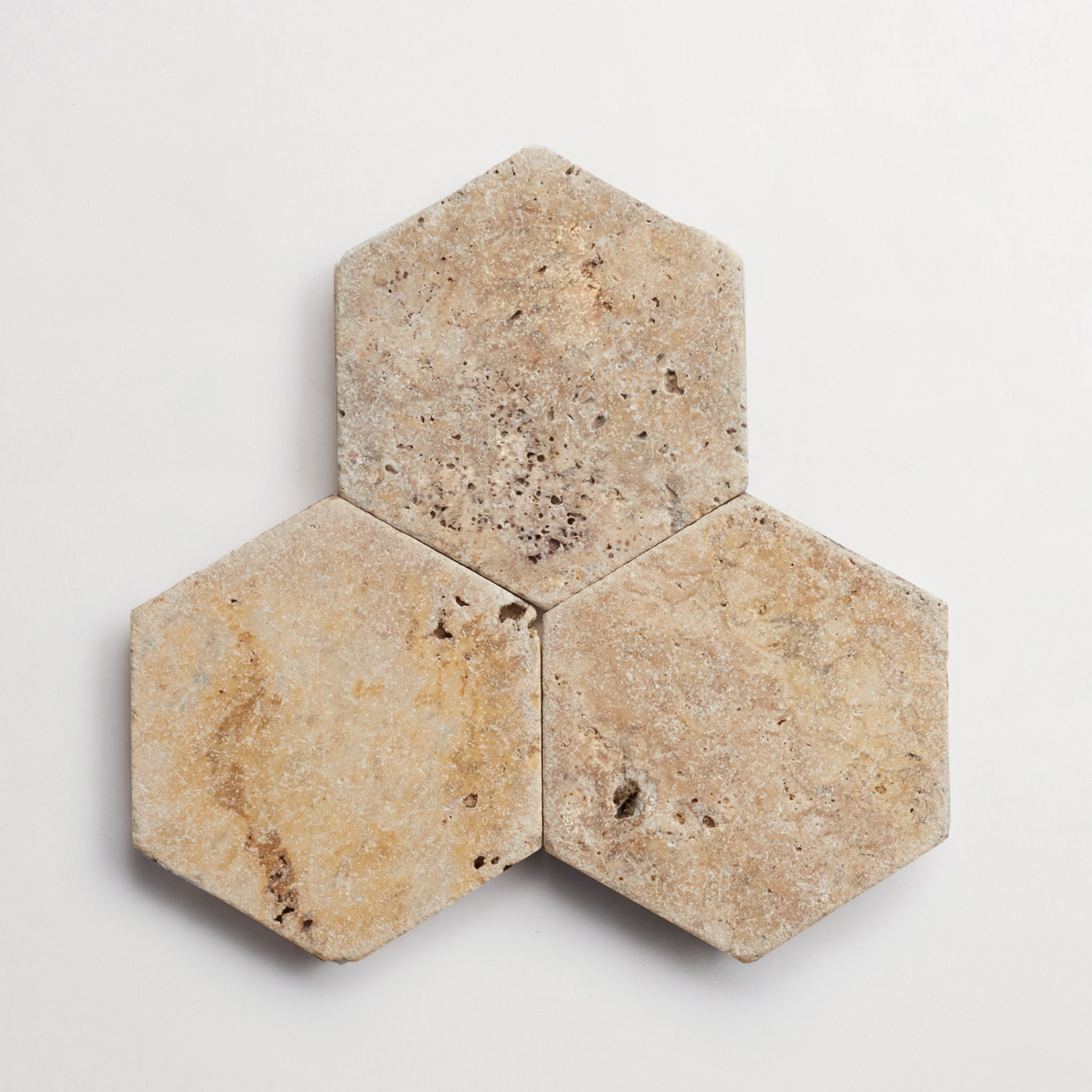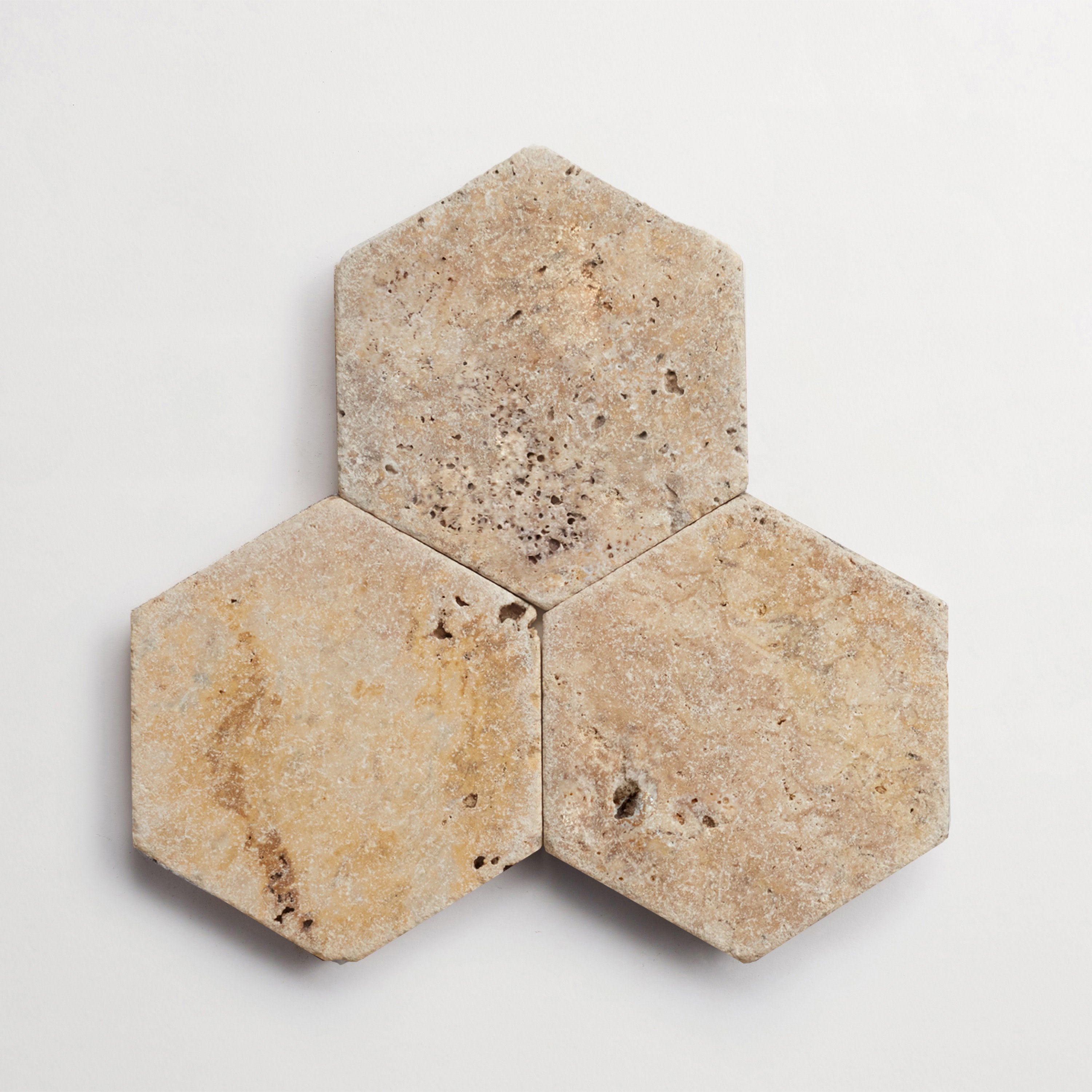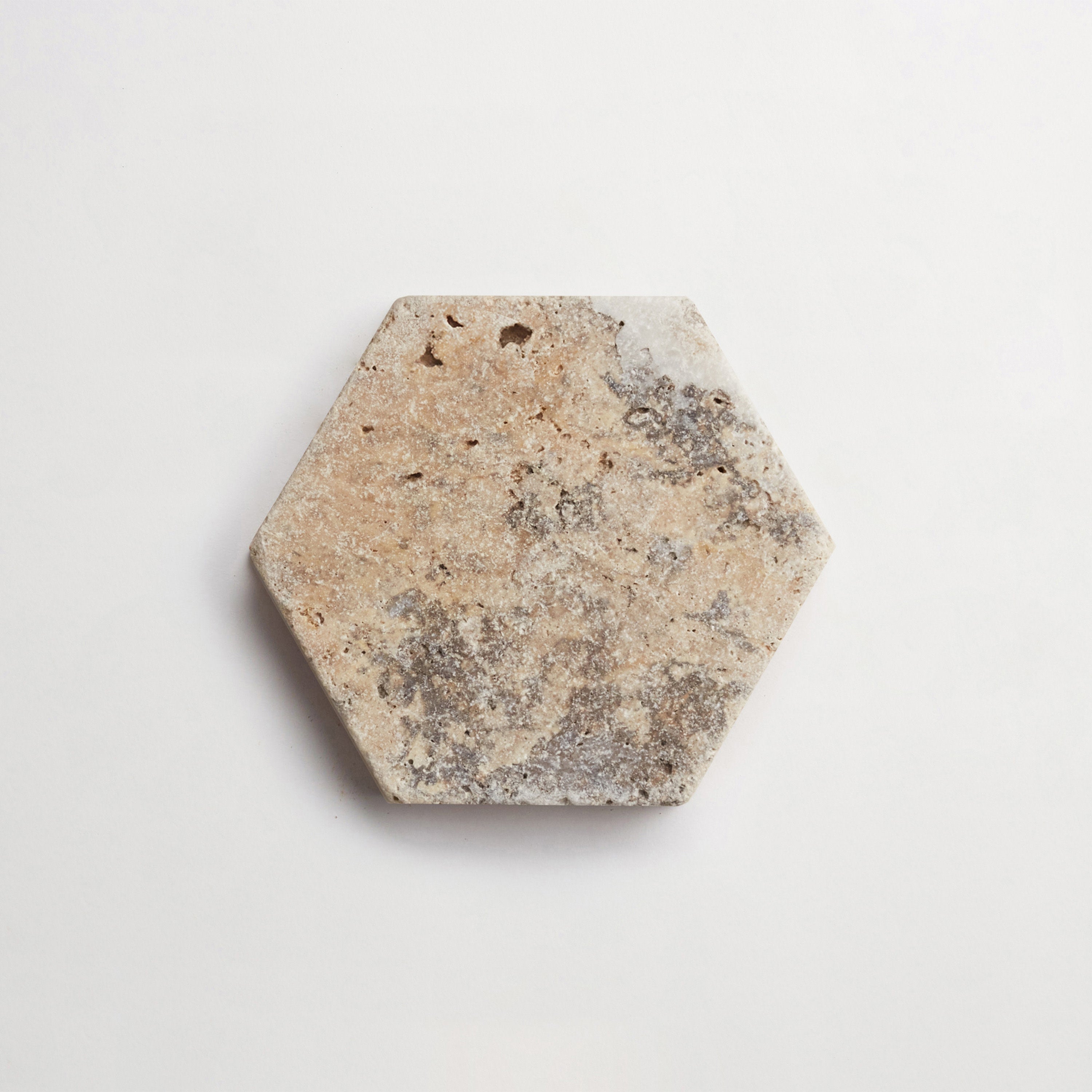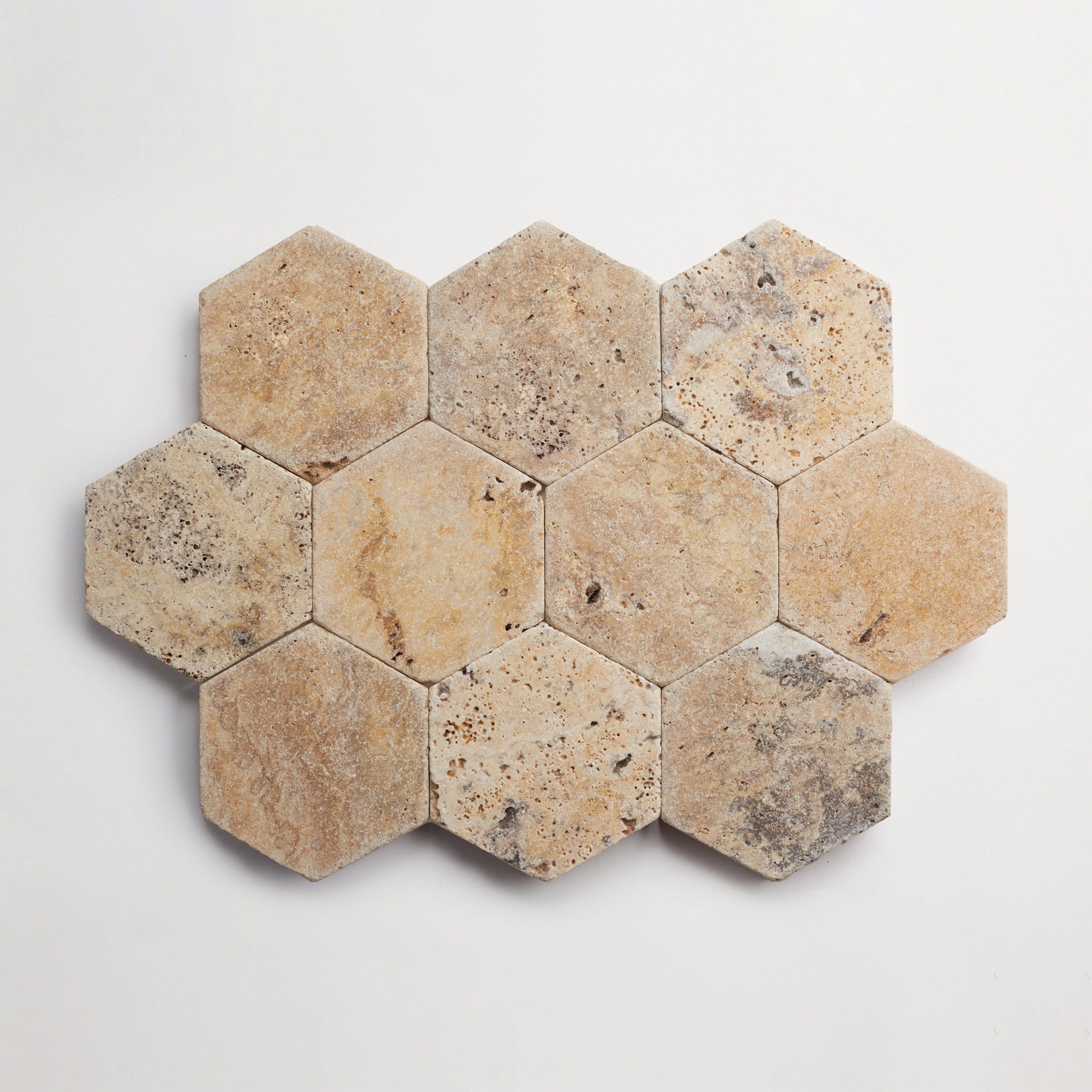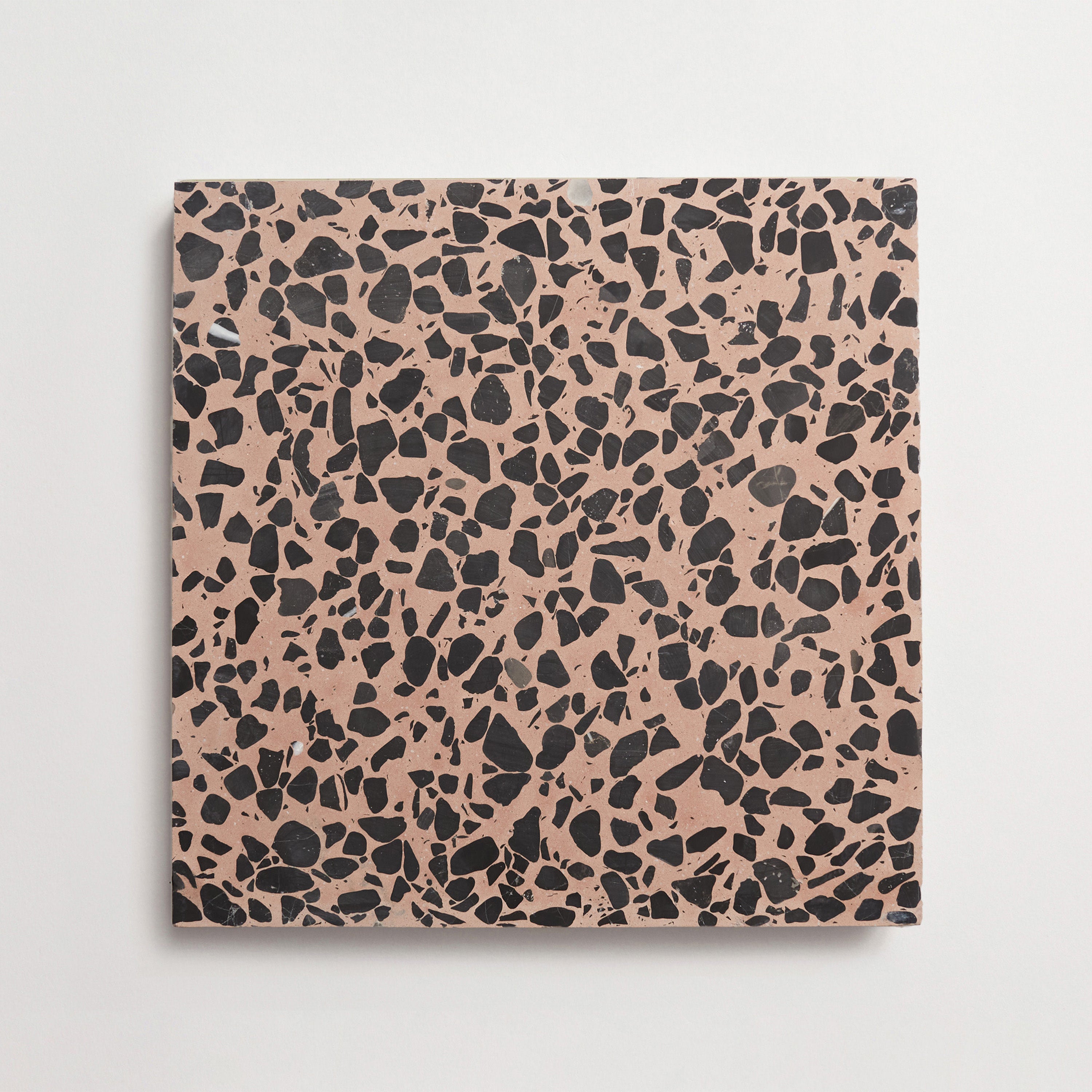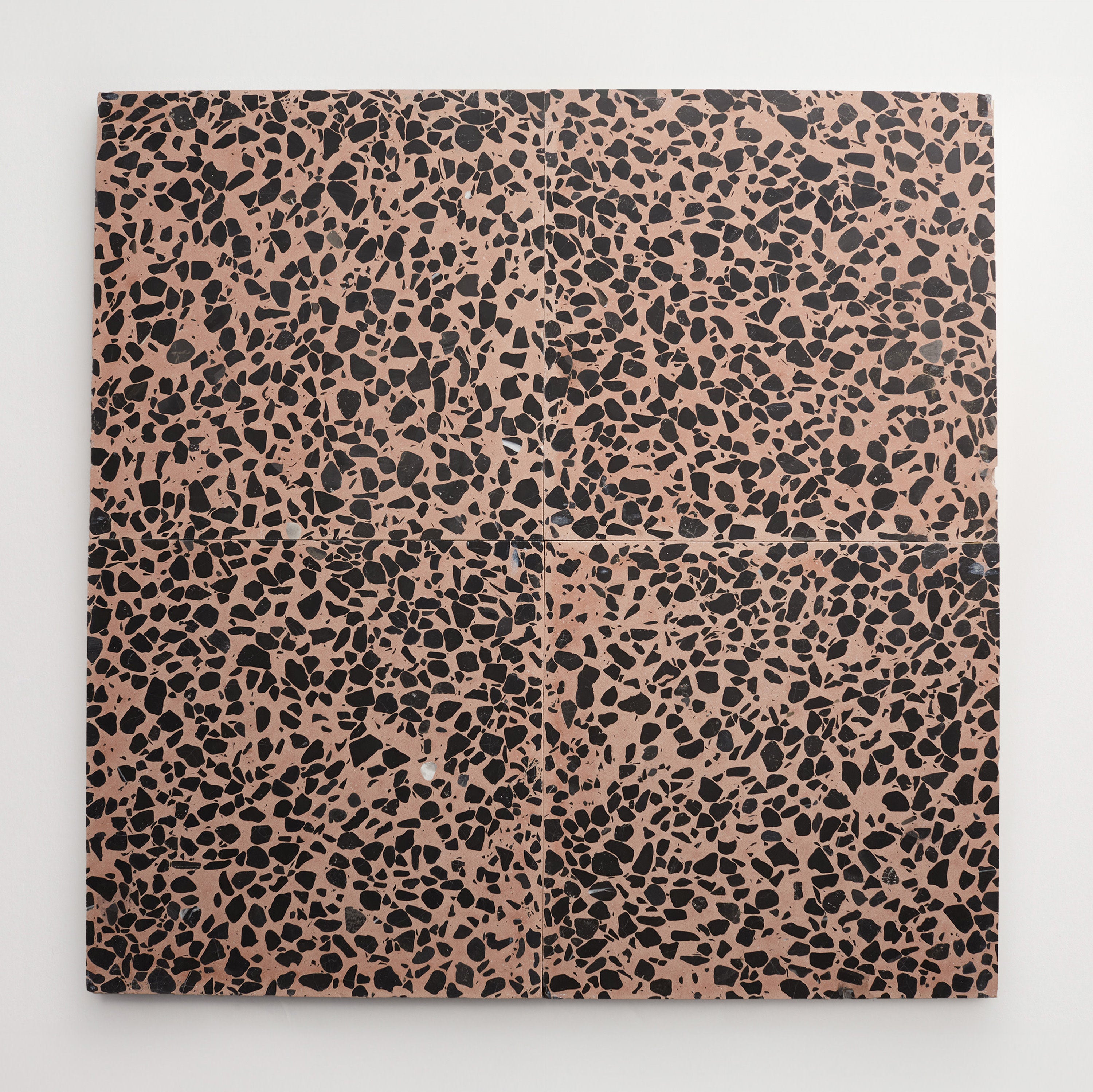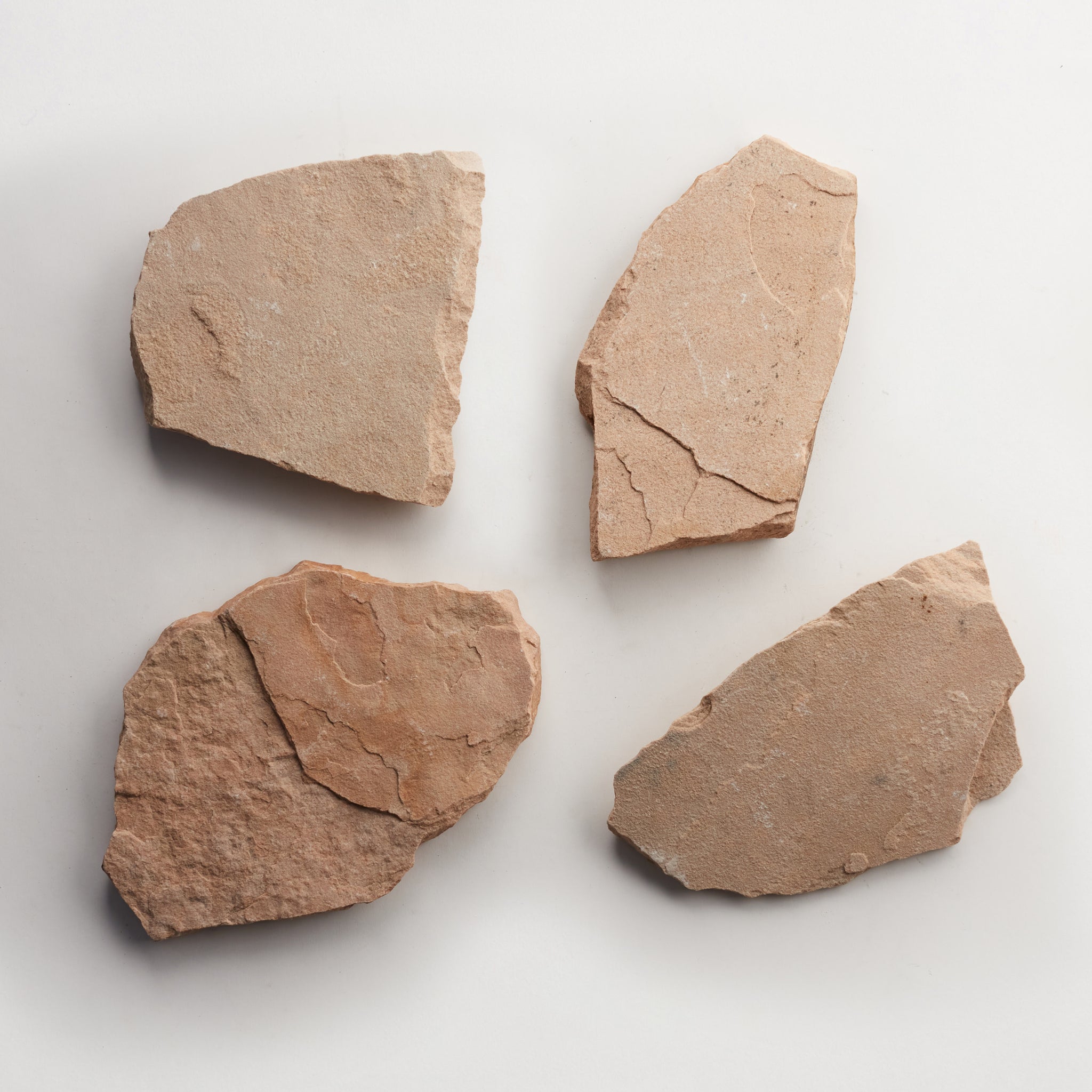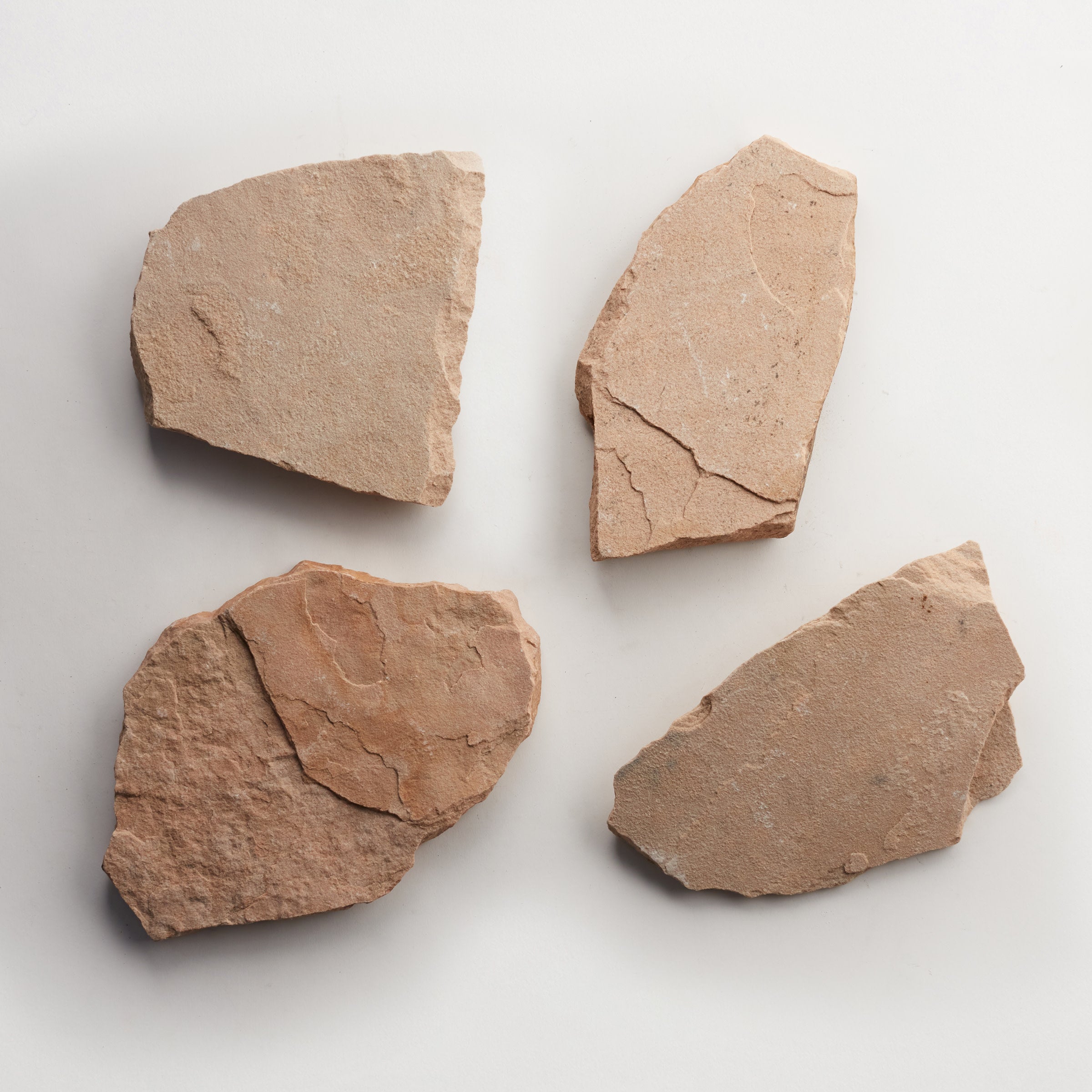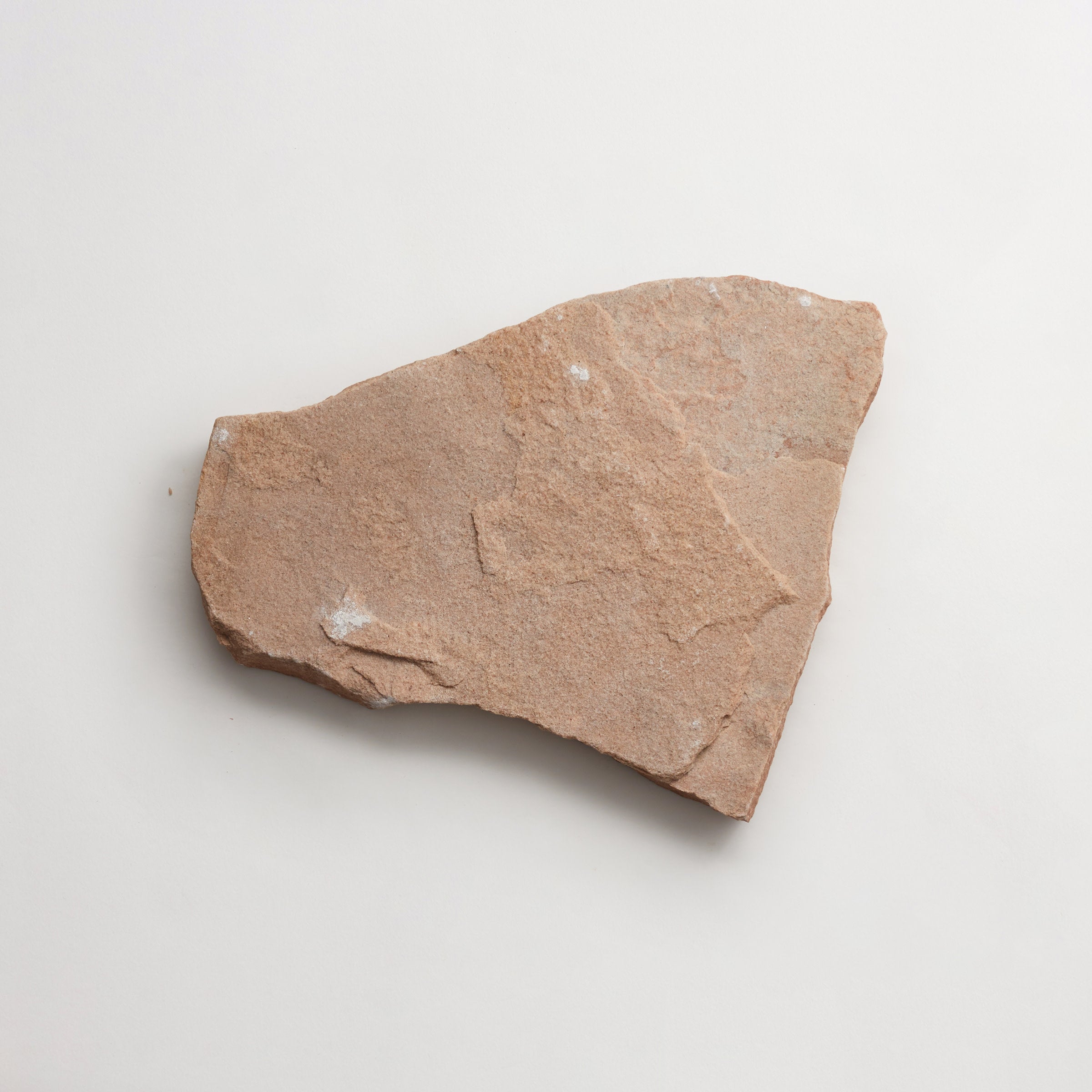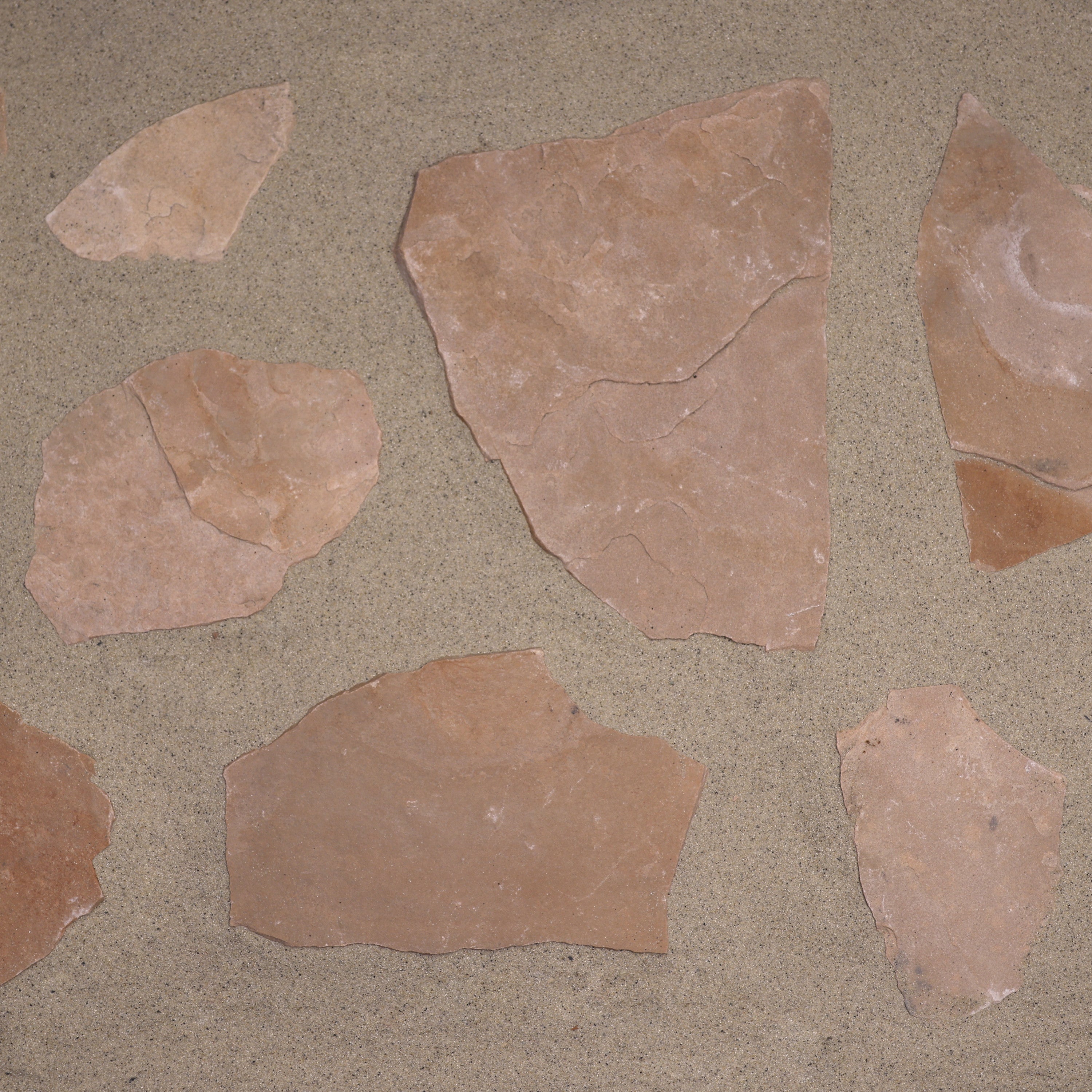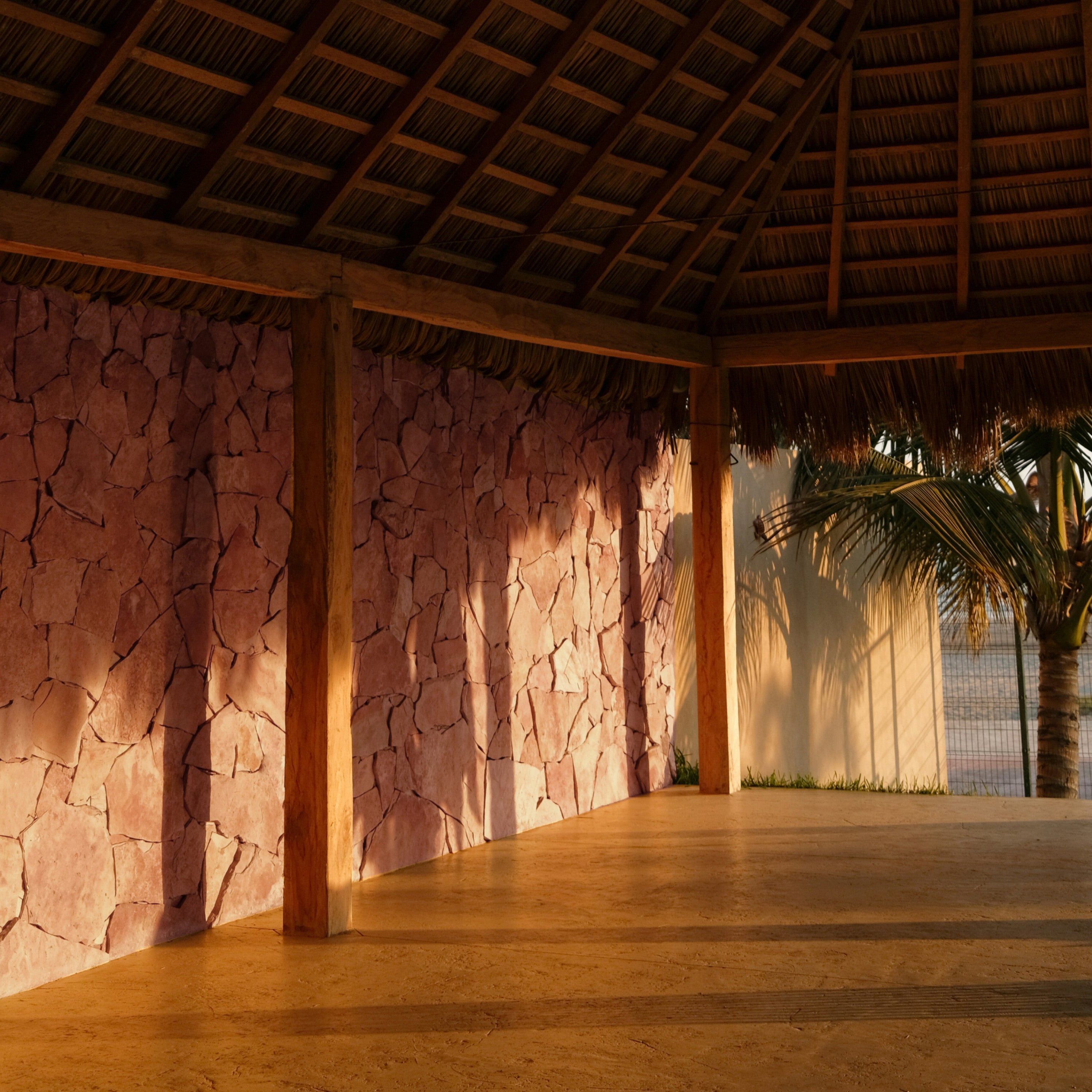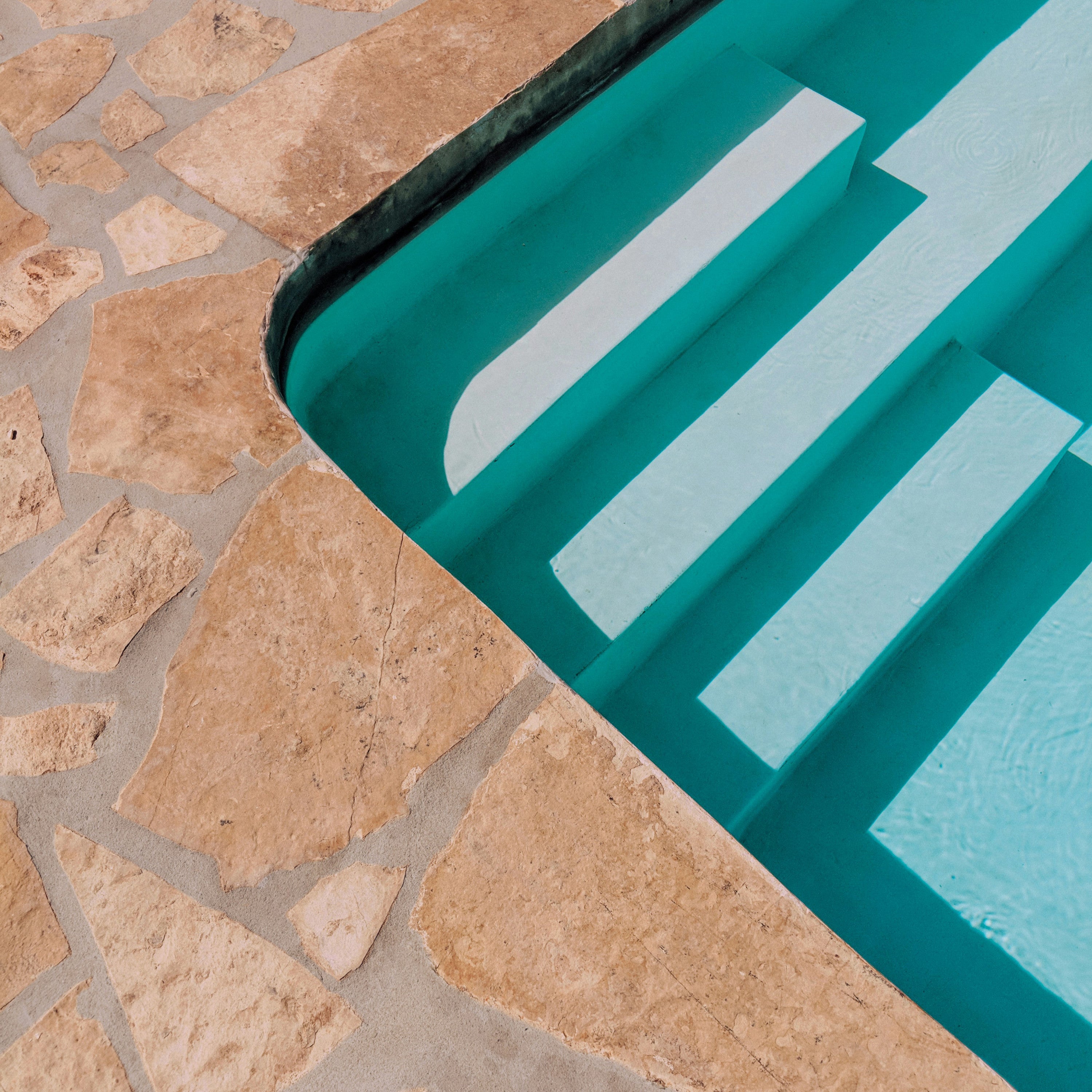your shopping cart is empty.

Brickworks, 4x8" Mason, Denali Stone
The Art of Balance In Landscape Design
Creating a harmonious outdoor space is about much more than selecting beautiful plants or striking hardscape features. At its core, garden design hinges on balance in landscape design, a principle that ensures visual stability and unity among different elements — from lush trees and vibrant colors to sleek lines and textured forms.
Whether you’re a landscape architect who is planning a formal garden with precise symmetry, or you’re an interior designer whose client wants an organic oasis that embraces asymmetry, understanding how to distribute visual weight and orchestrate rhythm can transform any yard into a cohesive sanctuary.
In this article, we’ll explore the types of balance, delve into the role of hardscape, and review the basic principles — proportion, scale, and contrast — that underpin a truly balanced landscape.
What Is Balance in Landscape Design?
Balance refers to the way visual weight is distributed across a space. In landscape architecture, it ensures that no part of the design overpowers another, fostering a sense of equilibrium. Imagine a garden where a towering oak tree sits opposite a mass of conifers, or a patio edged with water features is balanced by colorful flower beds.
These juxtapositions illustrate how shapes, texture, and color interact to maintain harmony. When achieved successfully, balance creates a feeling of unity and comfort, guiding the eye naturally through pathways, focal points, and seating areas without abrupt contrasts or confusion.
Why Is Balance Important in Landscape Design?
Balance serves both aesthetic and practical purposes. Visually, it creates cohesion among elements — from the structural hardscape of walls and patios to the soft geometry of plants and garden beds. A well-balanced design also enhances functionality: symmetrical layouts can frame a formal gathering space, while asymmetrical arrangements invite exploration and discovery.
Moreover, balanced landscapes tend to feel calmer and more inviting, as our brains are wired to prefer environments where no single zone feels too heavy or too empty. By mastering different types of balance, designers ensure that every area — from a seating nook to a winding line of hedges — works together.
Symmetrical Balance in Landscape Design
Symmetry involves mirroring elements on either side of an axis. In a classic formal garden, a central focal point — perhaps a fountain or statue — is flanked by identical water features, hedges, or planters. This balanced, mirrored layout evokes order and elegance.
Consistent colors and texture — for instance, matching topiary forms — may amplify the formal aesthetic, while straight lines like pathways and hedgerows reinforce the axis. Repeating shapes such as round urns or square paving stones may also strengthen the space’s sense of symmetry. Overall, the design should guide visitors to the center of the garden.
By repeating identical or nearly identical components, symmetrical designs convey stability and grandeur. They are ideally suited to an entrance courtyard, a terrace overlooking a vista, or any space that benefits from a structured, ceremonial feel.
Asymmetrical Balance in Landscape Design
In contrast, asymmetrical arrangements rely on different elements arranged to achieve equal visual weight without mirroring. A grouping of tall grasses on one side may balance a multi-trunk tree on the other. Alternating bold colors in plant beds can offset varying forms — such as a sculpture opposite a curved bench.
This type of outdoor space may use varying shapes — triangular shrubs and round perennials, for example — that counterbalance one another. Contrast in texture, like rough stone next to soft ferns, can also distribute attention across the scene. Meanwhile, strategically placing the focal point, whether it’s a fire pit or a water feature, draws the eye and anchors the composition.
Asymmetrical balance fosters a more naturalistic or rustic vibe, perfect for cottage gardens, meandering pathways, or spaces that aim to mimic organic landscapes. It encourages movement and discovery, with no single view dominating the experience.
The Role of Hardscape in Balanced Landscape Design
The interplay between hardscape and softscape defines the structural backbone of a garden. Hard materials — stone walls, patios, pergolas — ground the design and provide points from which living materials can branch out.
Using Hardscape Features as Anchors
Hardscape elements serve as the structural backbone of a landscape, grounding softer plantings and defining outdoor “rooms.” A stone bench under a mature tree not only offers a restful nook but also provides visual weight against the shifting color and texture of seasonal blooms.
Meanwhile, raised planters in brick can anchor borders and edging, their solid lines contrasting with cascading vines or compact evergreens. Even a lone sculptural piece nestled among ferns acts as a punctuation point in the garden, guiding the eye and marking transitions between zones. By strategically placing these fixtures, designers ensure the landscape feels stable and coherent.
How Texture, Material & Pattern Distribute Visual Weight
Texture, material, and pattern in hardscape shape the perceived heft of different garden areas. Dark slate tiled stairs and paths convey rustic solidity, while light travertine patios feel more ethereal. When paired with broad lawns or delicate groundcovers, these contrasting surfaces direct attention and balance one another.
When there’s a need for movement, patterned brickwork laid in a herringbone pattern can introduce dynamic diagonal lines. Linear cement tiles, on the other hand, reinforce a sense of order. To further shift focal points, variations in color like warm travertine next to cool gray slate might come into play.
Creating Symmetry with Repetition & Layout
Symmetry happens when elements mirror each other across a central axis, imparting a sense of formality and balance. Identical urns bracketing a path, paired lanterns flanking a pergola, and twin planting beds on either side of a lawn all create this kind of disciplined rhythm.
Repeating materials — like the same paver running along both sides of a small driveway — reinforces this mirrored layout without feeling monotonous. Even when plant varieties differ, matching their overall scale and form on both sides sustains the symmetry. By arranging these repeated shapes, heights, and materials in parallel, a garden achieves an elegant cohesion that feels both intentional and inviting.
Basic Principles of a Balanced Landscape
Achieving masterful balance in landscape design requires attention to a few foundational tenets. Each principle informs how we choose elements, from shapes and colors to pathways and plantings.
Proportion, Scale & Spacing
Proportion in landscape design ensures that each feature fits harmoniously within the garden’s overall composition. When a modest sculpture is paired with a small reflecting pool, for instance, neither element overshadows the other. Instead, they complement one another and establish a sense of balance.
Scale should always speak to human experience: walkways should be wide enough for comfortable passage, seating areas at inviting heights, and tree canopies that offer shelter without looming threateningly. Thoughtful spacing, meanwhile, prevents overcrowding, allowing each plant and structure to stand out while contributing to the unified whole.
By carefully calibrating these relationships between proportion, scale, and spacing, designers achieve a rhythm that feels both natural and intentional.
Focal Points & Visual Flow
A carefully chosen focal point acts as the heart of a landscape, drawing attention and providing orientation. Whether it’s a striking specimen tree, a sculptural bench, or an elegant orb fountain, this centerpiece gives the eye a destination. Visual flow then guides movement from one point to another through pathways, hedgerows, and water channels.
A design with well-planned focal points and visual flow guides a visitor’s gaze fluidly from one area to the next, revealing new details and sustaining interest. The interplay between focal anchors and connecting routes ensures a journey that feels cohesive, engaging, and purposeful throughout the entire garden.
Cohesion Through Contrast
Contrast injects vitality into a landscape by juxtaposing differing elements in color, texture, and form. A fiery red Japanese maple set against silver-blue evergreens illustrates how opposing hues can both stand out and harmonize when repeated elsewhere in the design. Rough-hewn stone walls paired with soft ferns underscore the drama of tactile differences, while alternating smooth paving with patterned brickwork accentuates movement and focus.
By distributing these contrasts evenly — echoing bold accents in planting beds or seating cushions — designers create visual links that weave disparate features into a unified tapestry, achieving both excitement and cohesion.
Layering Living & Structural Elements
Layering builds depth and complexity by arranging plants and hardscape across multiple tiers. In the background, tall trees and arbors establish a vertical canopy that frames the space. Midground plantings of shrubs, ornamental grasses, and flowering perennials add seasonal interest and texture, while low groundcovers, edging plants, and discrete stone accents occupy the foreground, inviting close inspection.
Structural elements such as retaining walls, raised planters, and trellises interspersed among these botanical layers can reinforce form and guide the eye through successive planes. This deliberate stratification enriches the sensory experience, ensuring every glance unveils fresh relationships between natural and built elements.
-
Pumice
-
Pemberley Pavers
:
-
le Disque
-
4
" x
-
4
" x
-
⅛
"
-
sqft
/
$
-
Argilla
-
Dolce Vita Terrazzo
:
-
Torrone I
-
8
" x
-
8
" x
-
⅞
"
-
sqft
/
$
-
Rosso
-
Grangestone
:
-
le Disque
-
4
" x
-
16
" x
-
⅝
"
-
sqft
/
$







